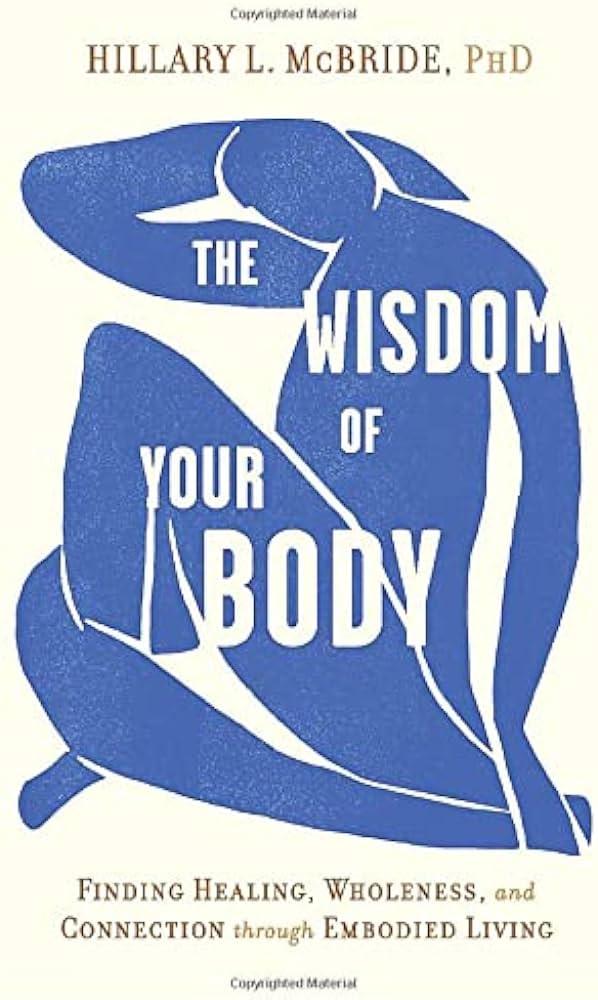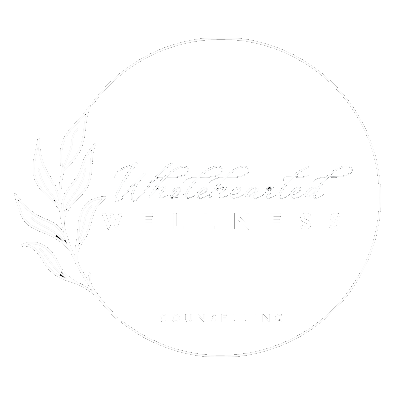Healing Anxiety in Your Body
Anxiety is such an interesting and incredibly uncomfortable emotion. (That might feel like such an understatement!) It’s interesting because at times it can seem to come out of nowhere. Other times, you might notice it coming a mile away. Perhaps, you’ve worked really hard to intentionally change your thoughts…or avoid your thoughts! That’s common. Healing anxiety can feel daunting when it’s something you’ve struggled with forever.
Individuals will often do anything they can to avoid the terrible discomfort that comes with struggles like anxiety. This includes panic attacks, irrational or catastrophic thinking, shaking, spiralling thoughts and the list goes on and on.
Have you tried to change your thoughts in hopes that your anxiety will subside?
Your thoughts really do affect your emotions and behaviours…a principle of cognitive behavioural therapy (CBT). And, there are many ways of challenging, shifting or reframing your thoughts that can be very effective. Automatic thoughts, those ones that pass through your mind, can give you information so quickly that you might not notice some days. They might direct the way you feel or respond to something or someone.
For example, your friend lets you know they can’t meet for that dinner you planned together weeks ago. Due to some childhood experiences, you might assume they are upset with you or they don’t like you anymore. Your thoughts spiral a little further to begin thinking you’re just an unlikeable person. This thought might come from a childhood experience that really left you feeling alone, or something someone said to you when you were young. You notice you feel sad, you might cry. Or alternatively, you might get mad. Why is your friend rejecting you without tell you what you did?! Automatic thoughts can really affect us without pause, without noticing.
Those emotions you notice though…how do you notice them? Because while it is helpful to understand their accompanying thoughts, it’s where you feel them that’s deeply important. This is where you can step deeper into healing anxiety. If you notice sadness or anger, how do you know they are sadness and anger rather than fear? If you notice anxiety, how do you know it’s anxiety? How and where do you feel it somatically?…or, in your body. As humans, we don’t “think” emotions but we “feel” them. So, if you can pause for a moment and be curious, slow down, drop your shoulders and take a really deep (into your belly) breath, I’d love to get curious with you.
Do you notice (either reflectively, or in the moment) what happens in your body when your anxiety begins to creep in, this can be such helpful information. Can you slow down and just check in with yourself. Do you notice a knot in your stomach? Maybe you can notice that your chest feels heavy, which is leading you to breathe more shallow. Or, maybe your shoulders are tense and raised. Does your head feel foggy?

All of this is such good information. This is your body’s way of communicating that it’s wanting or needing to protect you, to let you know it’s not feeling safe. Typically when you notice some of this discomfort you might just keep going on with your day. But if you can pause for a moment and check in with your body, you might find it just a little bit calming. If this is too overwhelming, that’s really okay! I invite you (if it feels safe), to keep gently checking in and notice whether that discomfort remains or if it shifts.
If you are okay to notice the discomfort, pain, tingle or whatever shift you can notice and stay with it, I invite you to take several slow, deep breaths. These will calm your nervous system. They might allow you to stay with that discomfort a little longer than usual. They might help to relieve it a little.
Becoming more acquainted and familiar with your nervous system, with your emotions and with your body is a healing practice.
You can begin to better understand your anxiety and perhaps other emotions that accompany it, or experiences that are the catalyst. If you can stay in that posture of curiosity, you can expand your capacity to tolerate the discomfort. It’s important to share that this can often happen best in the presence of a trusted other. That might be a friend, family member or even a counsellor. What’s important is that you can feel safe, present and grounded.

One resource I often recommend is The Wisdom of Your Body by Hillary McBride. She articulately, gently and wisely describes how a connection with, and understanding of your body is so key in healing. She shares from both personal and researched perspectives.
It is possible to experience healing from your anxiety. It can take intentional and sometimes effortful work. But, living in a freedom of peace is so worth the journey to heal. If you’re looking to connect with a trusted other, I invite you to reach out. I’d love to support you in your journey to healing and hope. I offer online/virtual sessions to anyone in BC and in-person in the Langley area.




